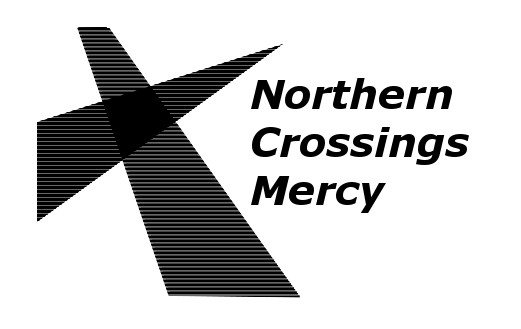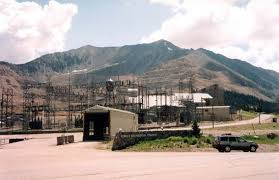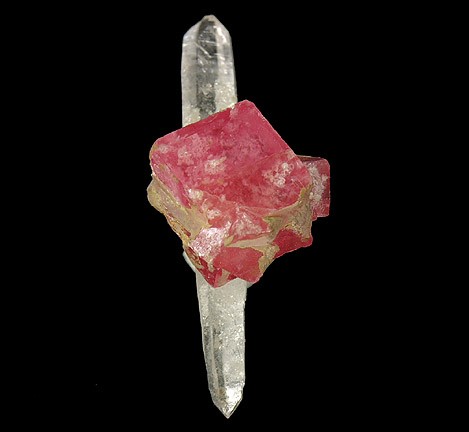Miner with a Jack Leg Drill
[cincopa A8MArY8EScfS]
“High atop the Continental Divide (in Colorado), the Climax Mine opened during World War I to meet military needs for molybdenum, a metallic element that enhances the toughness and durability of steel. Climax became the most successful American company of the Great Depression, even as its workers cursed the mine as “that hellhole near the sky.” During World War II, Climax single-handedly supplied the huge Allied molybdenum demand, and in the postwar years it became the world’s largest underground mine. But the 1981 molybdenum-market crash caused devastating layoffs, and today Climax is working to become competitive again in a changing global marketplace. Steve Voynick’s deft portrayal of Climax and its people, and more than 100 rare photographs, make this an invaluable addition to western mining lore.” So said a reviewer of Voynick’s book on the Amazon website. The book is called “Climax”.
Memory is a strange thing. I heard a conversation between two farmers taking a bet to see when the snow in their shelter belt would disappear this spring. That made me remember that it was a betting venture at the Climax mine to see when the last bit of snow would disappear from the open pit of what used to be Bartlett Mountain. If I wanted to get back on the synchronicity kick I could go on and mention that later that day I heard from some vacationers that they had ventured over Fremont Pass on Colorado and saw that the mine had been reopened.
Climax supplied a great deal of the economy of Leadville CO for many years. I worked there long enough to help pay for my schooling. It was in the Climax mine that I learned the relative value of “stuff”. We broke into a vein of Rhodochrosite that looked like something out of a Walt Disney movie. I expected to see 7 dwarves appear and start singing “Hi Ho”. My first inclination was to take some samples home and retire but “high grading” was a fire able offense, and ever the legalist, I demurred. The time and effort to remove the crystals was not worth the time and effort to get the molybdenum and so we blew it up. I was to find out later that that deposit in that place at that time was worth several millions of dollars.
Rhodochrosite Crystal from the Climax Mine
Anyway Lent is the season that we remember the sacrifice of Christ for us and our salvation. Jesus saved us from sin and death and hell. All the riches that Christ had He gave up for us. We recall in Lent that we are dust and to dust we return, but because of Christ we will return in glory. Like the beautiful crystals destroyed for a black dust that was considered more valuable, the Glory of God, His only Son, was destroyed for us who are “ashes”. It was in this mine that I heard one of the great sayings that I have used over and over again; “Jesus better help us because we sure as hell can’t help ourselves”.
I wrote the song above a few years back.
Here is a quick glossary for definition purposes.
Crimping tool – a cross between an awl and a pliers used for preparing dynamite for detonation.
Bar the face, scale it down – preparing a face of rock for drilling so you can add said dynamite.
Brass – literally a round piece of brass with an employee number used for identification. If it was not back on a tally board at the end of a shift the mine shuts down and rescue operations ensue.
Another pound or a second short – used to describe a close call. Comes from the idea that if you had added another pound of explosive, or been a second earlier wherever you were, you would have been blown up.
Hang Up Man – lead on a mine crew.
Short wick – cutting a black powder fuse so that there is no black paint visible. Means that you have a very short time to get away from and explosion. Firing offense.
One of the greatest offenses was to get on the train with your light on your helmet turned on because it shined right into the eyes of the people across from you. Protocol was to drape the cord across your shoulders and keep the light in your hand pointed down.




